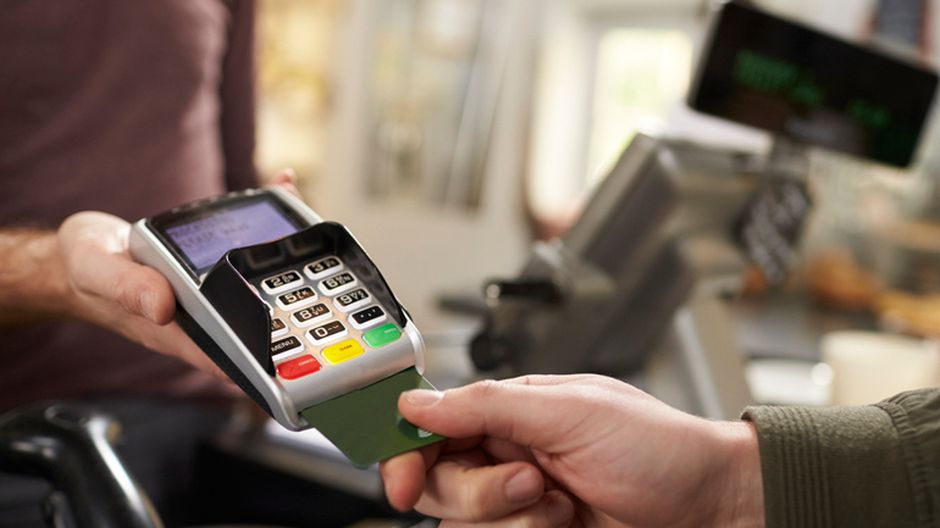
Credit card processing is the system that allows merchants to accept credit cards as payment for goods and services. Credit card processing involves two parties: the merchant and the credit card issuer. The merchant is the business that accepts credit cards as payment for products or services. The credit card issuer is the company (such as Visa or Mastercard) that issues the physical credit cards.
When a customer makes a purchase with a credit card, the merchant submits to the credit card issuer certain information about the transaction, including how much it cost and which items were purchased. The credit card issuer then authorizes or declines payment to the merchant based on this information. This is called authorizing/processing a transaction. If the payment is authorized, then the credit card issuer agrees to pay the merchant for that transaction. The amount of money that the issuer owes to a business following an authorised transaction is called a settlement.
After a certain time period (the time varies depending on your merchant account and type of processing), the credit card acquirer - or middleman - will settle all of the approved transactions for that day. This usually happens between 7-10pm EST. Transactions that have been authorised, but not settled yet, are known as 'pending authorisations'.
There are three main types of credit card processing: swipe, keyed and online. Swipe processing is when a customer uses a physical credit card to make a purchase. Keyed processing is when the customer manually enters their credit card number into an electronic terminal or keypad, often at gas stations and convenience stores. Online payment processing is when the customer makes the purchase on an eCommerce website.
Each merchant account with each respective credit card processor has different rates for each of these three processing types.
Swipe Processing Rates
Merchants who choose swiped transactions as their main source of credit card processing typically have two different rates from which to choose: a discount rate and a convenience fee. The discount rate is the percentage of each transaction that will be charged to your merchant account, while the convenience fee is a one-time charge that the customer will have to pay in order to use your credit card processing service.
The average discount rate for a swipe transaction is 2.7%. However, this percentage can vary depending on the type of business you are in, as well as your monthly sales volume. The convenience fee usually ranges from $0.25-$3.00, but can also be customised to fit the needs of your business.
Keying Processing Rates
For merchants who key in their transactions, the average discount rate is 4.3%. This rate is also based on a few factors, such as the type of business you are in and your monthly sales volume. The convenience fee for keying in transactions is typically $0.50-$5.00.
Online Processing Rates
Online processing rates are the most expensive of the three, as they involve additional risks (such as fraudulent transactions) that need to be covered by the credit card processor. The average online rate is 4.9%, but it can be as high as 7.9% for some businesses. There is no convenience fee for online transactions, as the customer is already paying for the service through the higher rate.
In order to process a credit card, you will need a merchant account. A merchant account is a type of bank account that allows businesses to accept payments from customers with a credit card or debit card.
In order to acquire a merchant account, you will likely have to go through an application process that requires certain financial and business information, as per the requirements of your specific type of merchant account (that is, eCommerce, retail or keyed processing). Once you've submitted your application, the bank assesses your business and decides whether or not to approve you for a merchant account.
If you are approved, the bank will send you a package with documentation on how to get started. This package will include your merchant ID (MID) and password, which you will need in order to start processing transactions. You will also need to provide your business's EIN number, if you have one.
Once you've received your merchant account, you will need to find a credit card processor that can work with it. You may want to choose a processor based on the rates they offer and the services they provide. Also keep in mind whether or not they charge any additional fees for each transaction.
In addition, you may want to choose a processor that allows you to have a personal account representative who will provide support for all your merchant services. You should also check to see if the processer offers any additional benefits, such as mobile credit card processing and payment systems.




























